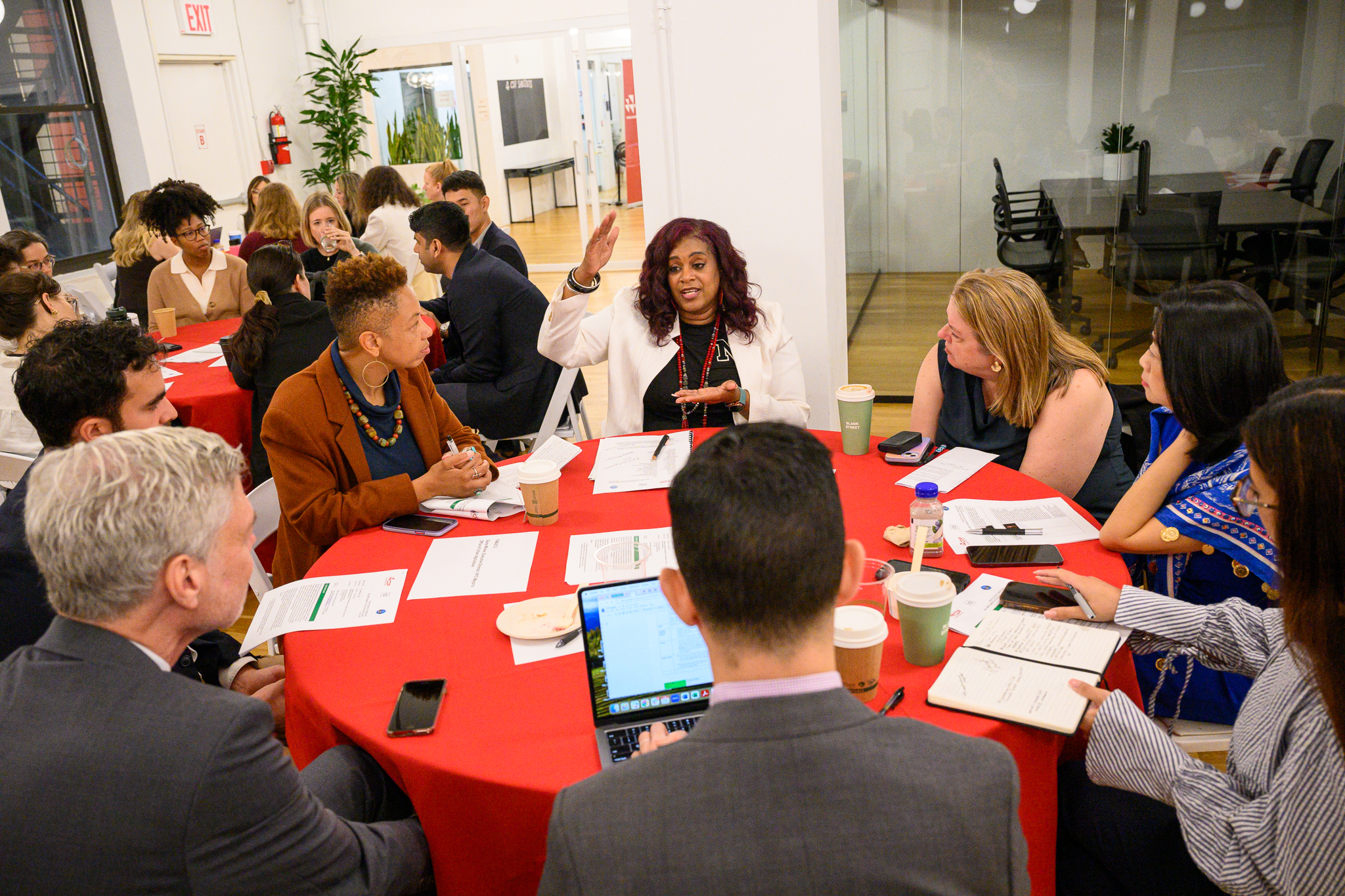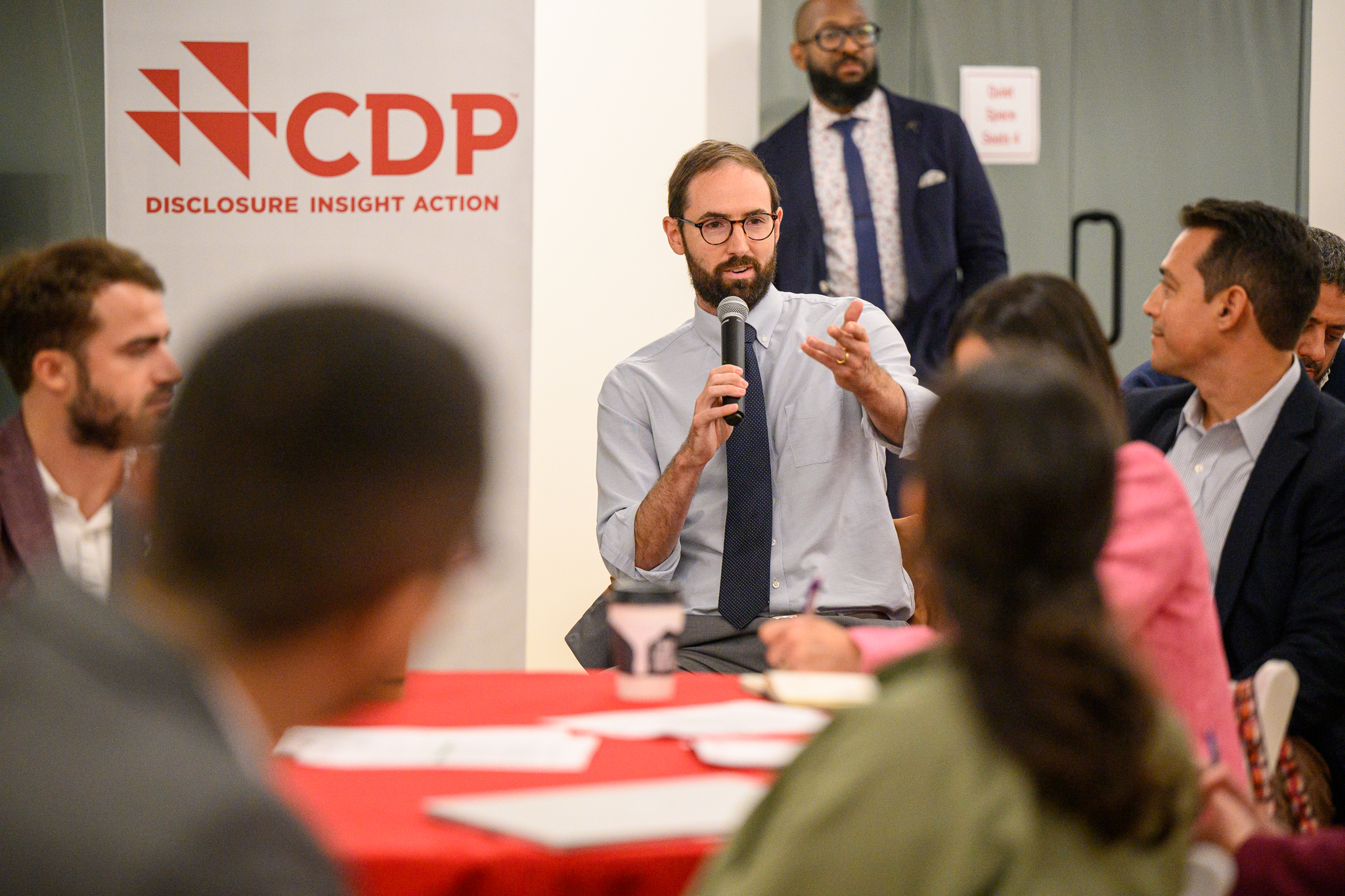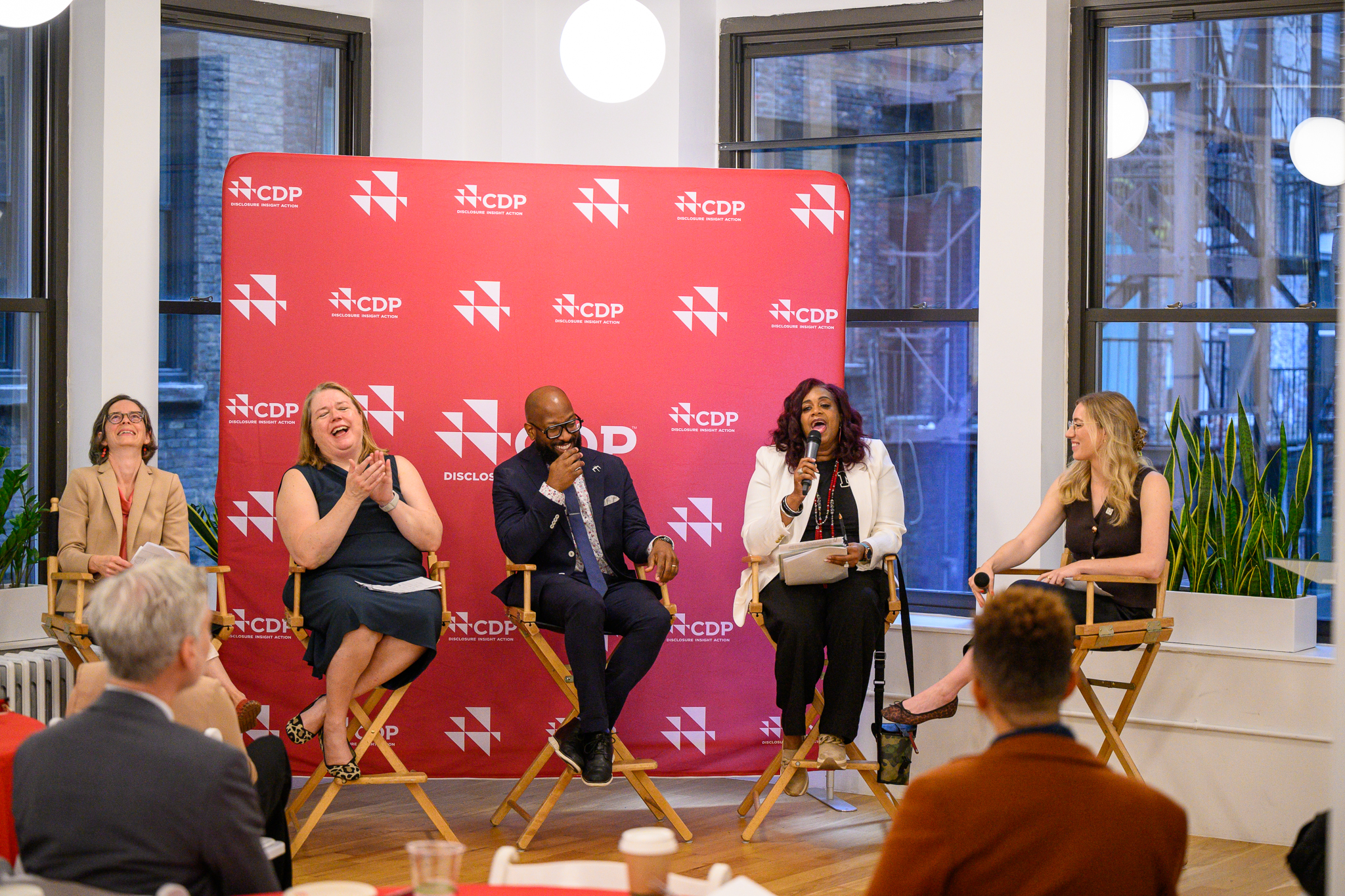As thousands gathered in New York for Climate Week, two words were on repeat in rooms spoken across the city – Implementation and Financing. Climate mitigation and adaptation action is not just happening in isolated pockets in the US, but in spades across the country.
Currently, funding from the Inflation Reduction Act (IRA) is making its way to localities across the nation, bringing with it the promise of strengthening critical infrastructure. Climate Week attendees were eager to share examples and ask the tough questions to make the places where Americans live and work even more resilient in the face of a changing climate.
Here are three essential questions every local government should be asking themselves following Climate Week 2024.
1. How is your city preparing for funding and financing opportunities like the IRA?
The demand for climate finance in cities is growing rapidly. In 2023, 130 U.S. cities reported 436 climate-related projects requiring a total of $27.5 billion in investment – a 30% increase since 2021. Notably, 47% of projects reported by U.S. cities are in the early stages, highlighting the need for guidance and support. To better position themselves for current and future funding opportunities, local governments can disclose through CDP-ICLEI Track.
This was a theme at the launch of the 2024 State of Cities Climate Finance Report where I spoke on a panel organized by the Cities Climate Finance Leadership Alliance. The report highlighted how annual urban climate finance must increase more than fivefold to attain a 1.5°C climate pathway. Speakers noted the significant need to enhance the tracking and availability of urban climate finance data across all types of public and private institutions.
During the panel, Mayor Nicola Armacost spoke about how her city uses CDP disclosure as a preparedness tool to know where they are and where they need to go on climate action, resilience and sustainability. “I want to give a shoutout to CDP, because if you have reported to CDP, it is an amazing platform for setting out your priorities, your plans, aspirations, your financing needs, etc. It gets you finance ready.”
2. Has your city mapped local community development finance institutions, green banks, local philanthropy and others who fund climate and resiliency?
Once your local government has reported and identified funding gaps and priorities, the next step is identifying partners that will support the city’s goals. In fact, this was a key focus during one of our sessions during Climate Week, when CDP alongside America is All In, convened green banks, financial institutions, community development financial institutions, investors and other key partners in a roundtable discussion on maximizing climate and community benefits under the IRA.
Speakers from Amalgamated Bank, Inclusiv, Connecticut Green Bank, Michigan Saves and the Philadelphia Green Capital Corp focused their remarks on the Greenhouse Gas Reduction Fund, a $27 billion investment mobilizing financing and private capital to address the climate crisis while lowering energy costs and revitalizing communities that have historically been left behind.
Achieving social equity goals alongside environmental outcomes was a primary focus of the conversation. Chanell Scott Contreras, President and CEO at Michigan Saves, said, “In Detroit, we don’t let anyone get away with claiming to be equitable if they really aren’t.”
Maryrose Myrtetus, Executive Director of the Philadelphia Green Capital Corp, mentioned that half of African American households in her city experience energy insecurity each year. “We love the Greenhouse Gas Reduction Fund, but it isn’t structured to address all the problems we’re facing. Green banks are thinking about how low-income households are getting access to that funding, such as rebates.”
Jesse Gerstin, Vice President for the Center for Resiliency and Clean Energy at Inclusiv, also spoke about how they are exploring innovations to remove barriers for marginalized communities. “Rising energy costs are a burden to families and small businesses. So, we come in to help with necessary trainings. There’s far more demand than we can keep up with.”
While the services provided by these different institutions vary in size, scope, location and other factors, it is crucial for local governments to understand the role of these financial actors under the IRA. One valuable resource is CDP’s 2023 report on Financing for Sustainable Infrastructure: A guide for US local governments. Through annual disclosure, CDP identifies key projects from the US Project pipeline to better track and inform new funding programs like the Greenhouse Gas Reduction Fund.

3. How is your city collaborating with local business and other stakeholders?
Another important lever to funding city resiliency is utilizing partnerships with companies that are also looking to decarbonize and achieve environmental goals. Particularly as IRA funding is secured at the city and state level, these collaborations are an opportunity to drive economic growth in cities and address social equity.
Recent research utilizing CDP data reveals that companies achieve significantly greater emissions reductions, particularly building decarbonization, with state and city policy in place. City-business partnerships, with frameworks like the City Business Climate Alliance, are crucial for delivering change at the speed and scale needed to build a healthy, resilient and prosperous future.
Another Climate Week session hosted by CDP in partnership with Climate Mayors and C40 explored this topic, focusing on innovative models of project delivery and financing between cities and businesses.
Laurel Blatchford, Chief Implementation Officer from US Treasury, said that as IRA and Bipartisan Infrastructure Law are being deployed, her focus is on partnerships, the need for technical assistance in local governments across the country and increasing access to financing tools for these projects.
And Sarah O'Keeffe, Director of Sustainability and Climate Justice for the City of Cleveland, Ohio, emphasized the importance of policymakers playing a supportive, convening role in building partnerships. “We engage business owners from diverse areas: healthcare, steel, real estate. We don’t want to constrain economic development in our city with policy. But those policies can be an opportunity.”
With the right investments, the IRA will yield significant results for communities across the United States. With these insights from Climate Week, we hope that cities are better positioned to catalyze their resilient economies. Local, state governments and public authorities still have time to submit their disclosures for 2024. Learn more at CDP.



